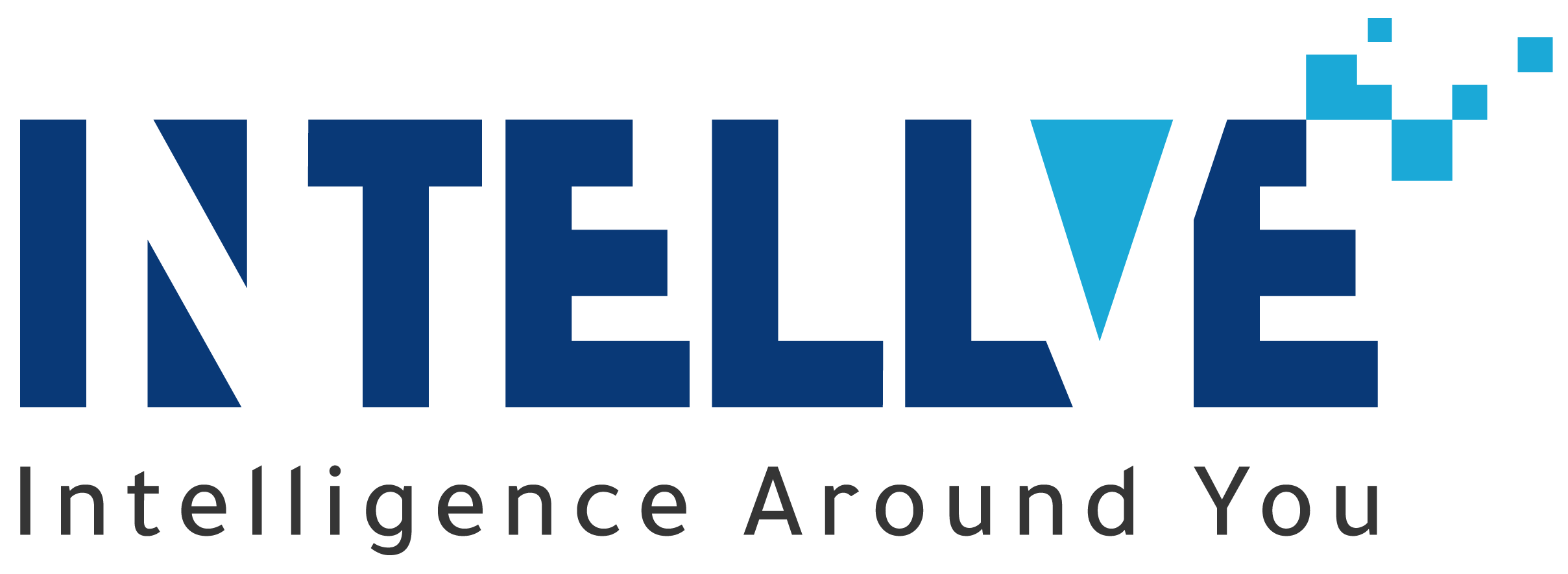In the world of information technology, information within organisations demands efficient storage and organisation of video data – this is where a Central Video Monitoring System or (CVMS) can play its role. Incorporating a coherent and efficient CCTV camera video monitoring system can serve many purposes from training and monitoring employees to overseeing various operations and using video surveillance.
Here are the main advantages of the implementation of such a system.
Possibly one of the biggest organisational benefits of having a central video monitoring system is that all camera feeds can be easily viewed in a centralised location. It increases efficiency for organisations with well-coordinated use, management and sharing of videos across the departments. It does away with the complications of having different softwares for different systems, thus making a better order in the manner that the CCTV videos are dealt with.
Some of the security measures possible on CVMS platforms include encryptions that help in the control of unauthorised access to the content in videos. These are role-based access control, and digital rights management (DRM), especially pertaining to sensitive areas such as banking, health and education. It is important when transmitting very sensitive information whether captured live or in video form such as the CCTV footage.
Many Enterprise Video Content Management Systems contain adaptive streaming technology that will automatically adjust the quality of a video depending on the available network connection. It makes the video streaming smooth irrespective of the available bandwidth, creating a good user experience while helping with the overall costs.
A VCMS provides the necessary capacities to cope with the growing needs of businesses. From dealing with thousands of training videos to processing terabytes of surveillance data- these systems are easily scalable without affecting their performance.
An Enterprise VCMS can be effectively customised to suit the organisation’s needs. These platforms can also permit organisations to influence the user interface, configure security settings, and implement workflows according to their specific needs. Personalisation of content delivery, such as adjusting video recommendations or optimising layouts, improves overall user engagement
You can pick an Enterprise Video Content Management Platform equipped with analytical tools that can provide information pertaining to video usage. Such parameters can include viewership, shares, views, etc. helping the organisations evaluate the performance of the video content. It follows that analysing such information allows for constant adaptation and enhancement of video assets.
An interesting advantage that is highlighted about VCMS is the ability to allow remote access to video content. Security personnel can monitor CCTV feeds or teams collaborating on training videos, employees can access, manage, and share videos from any location. This is especially helpful in today’s world where remote working is becoming the new norm.
The adoption of VCMS can be a cost-effective solution. With the utilisation of centralised video storage and workflow automation, the operational cost of managing videos is cut out. Also, access to the VCMS utilising cloud-based solutions makes it possible to avoid the costs of server provision at the company’s facilities.



